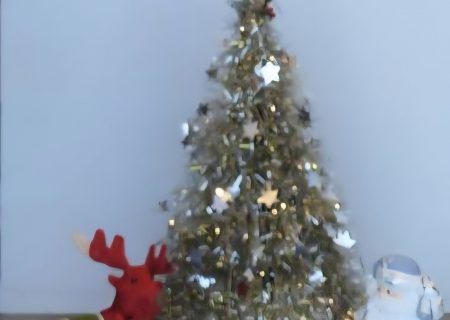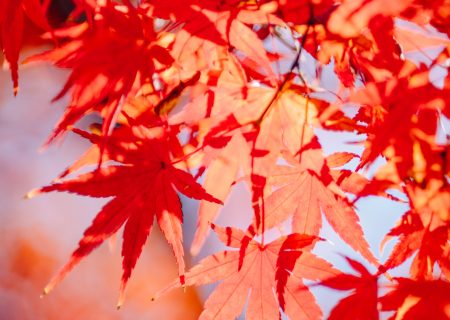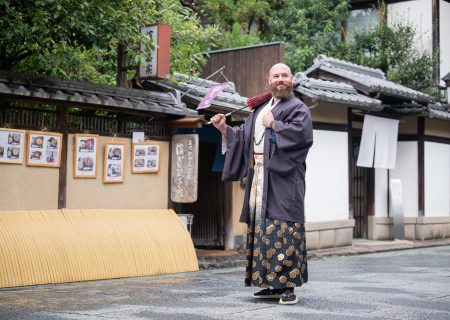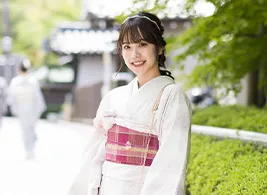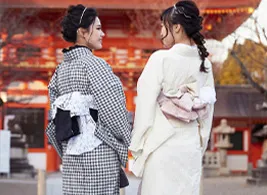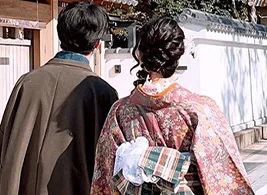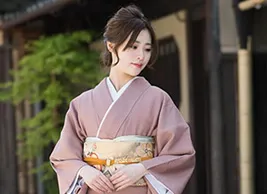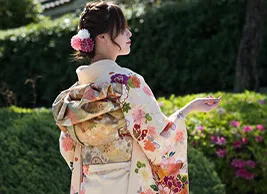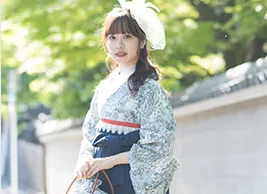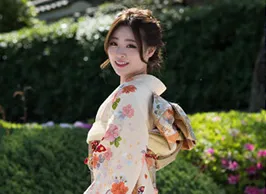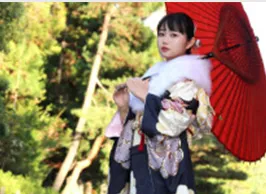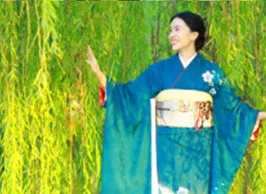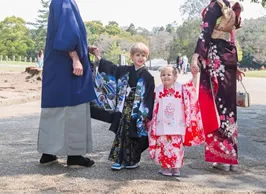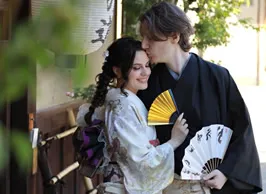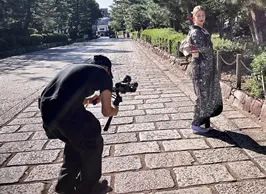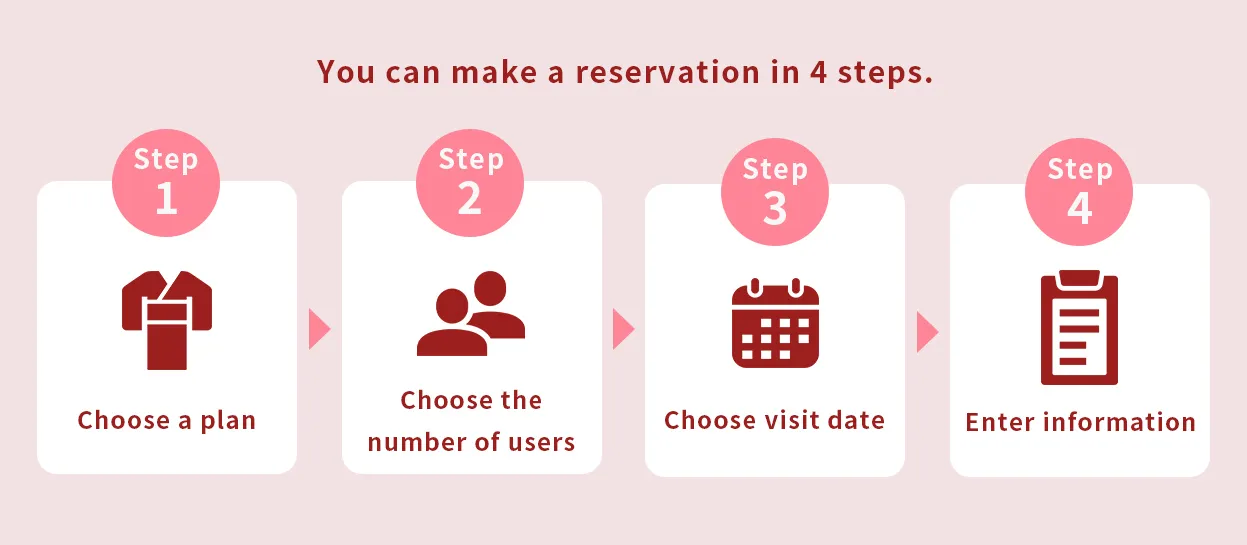Although you can choose the color of a kimono intuitively just like you would with clothes, some people may be secretly worried about the patterns used and their meanings.
Therefore, this time, we will explain the classic patterns that are often seen on kimono in a way that even beginners can easily understand!
People tend to think that creating classic kimono patterns is difficult, but that’s actually not the case. Once you get the point, you can apply it effectively, and once you study it, it will last a lifetime.
Also, knowledge of classic patterns is very useful not only when organizing your own kimono, but also when enjoying kimono fashion with rental kimonos.
Please use this as a reference to expand your perspective on Japanese culture.
Index
- 1 What are the classic kimono patterns?
- 2 Difference between classic pattern and retro pattern
- 3 Types of classical kimono patterns and their meanings [Auspicious patterns]
- 4 Types of classical kimono patterns and their meanings [Yushoku patterns]
- 5 Types of classical kimono patterns and their meanings [natural patterns]
- 6 When wearing a kimono with a classic pattern, pay attention to the seasonality
- 7 If you want to rent a kimono in Kyoto, please come to “Waplus Kyoto”
What are the classic kimono patterns?
First, let’s take a look at the outline of “classical patterns” in kimono.
Classical patterns are traditional patterns
Classical patterns have various definitions depending on the kimono shop.
The general common feature is that they are “patterns that have been passed down in Japan since ancient times.”
There are many classic patterns that are auspicious and formal.
Therefore, in modern times, classic patterns are consciously incorporated into furisode for coming-of-age ceremonies, and kimono for weddings and parties.
Famous for its auspicious and lucky patterns
The most famous genres of classical patterns are the “Kissho pattern” and the “Yusoku pattern.”
The word “kissho” in the auspicious pattern has the meanings of “auspicious things”, “good beginnings”, and “good omens”.
As the name suggests, there are many patterns that give a good impression with their gorgeous patterns and wide ends.
The word “Yushoku” in Yusho pattern is derived from the intellectuals who were involved in the events and ceremonies of the imperial court during the Heian period. At that time, the elegant and dignified patterns introduced from China were used as ornaments for people of high rank.
Therefore, we have a wide range of patterns that give an exotic and elegant impression.
Auspicious patterns and volunteer patterns cannot necessarily be classified into two categories. The elegant auspicious pattern introduced from China can be called an auspicious pattern or a lucky pattern.
(In this article, we will categorize and introduce typical patterns to make it easier to understand.)
Difference between classic pattern and retro pattern
Classic patterns and retro patterns are often confused, but there are some differences.
Briefly, they can be classified as follows.
Flashy color: classic pattern
Depth of history: Classic pattern > Retro pattern
Classical patterns are characterized by historical, delicate patterns and colors that form the basis of many kimono cultures.
The retro pattern features a large pattern using bright colors such as pink-red and light green, so that it can be worn gorgeously even at modern-day Shichi-Go-San festivals and coming-of-age ceremonies. Many retro patterns are based on classic patterns, so you can refer to the classic patterns for the meaning of the patterns.
Even if you want to wear the same “red kimono” and “green kimono,” the impression will be completely different depending on whether you wear a classic pattern or a retro pattern.
Be sure to choose the appropriate pattern depending on your preferences and occasion.
Types of classical kimono patterns and their meanings [Auspicious patterns]
We have compiled a list of typical auspicious patterns among the classic patterns.
(Review: Auspicious patterns are a general term for patterns that are imbued with auspicious meanings.)
Shochikubai
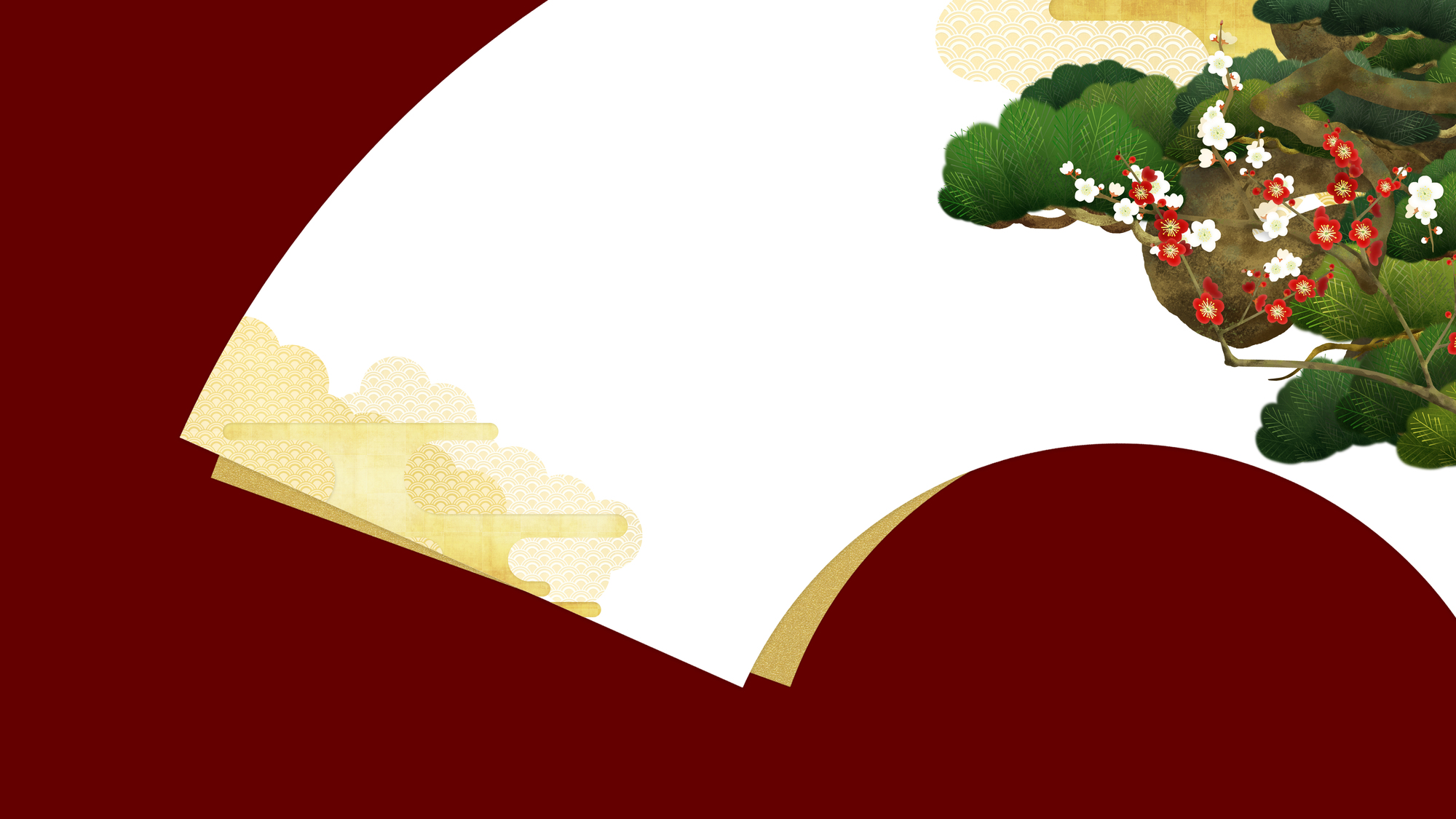
Pine, bamboo, and plum are representative of auspicious and auspicious patterns.
Pine is an evergreen tree that can live for 1,000 years even in harsh environments, so it is said to be a symbol of longevity. It is also used for New Year’s Kadomatsu.
Bamboo is a symbol of growth and vitality because it grows rapidly in a short period of time. Just as Princess Kaguya is born from bamboo, there is also a connotation that children = bamboo.
Plum is a highly fragrant flower that blooms in early spring. It has been loved for a long time as a plant that symbolizes overcoming difficulties and abundance.
Tsuru
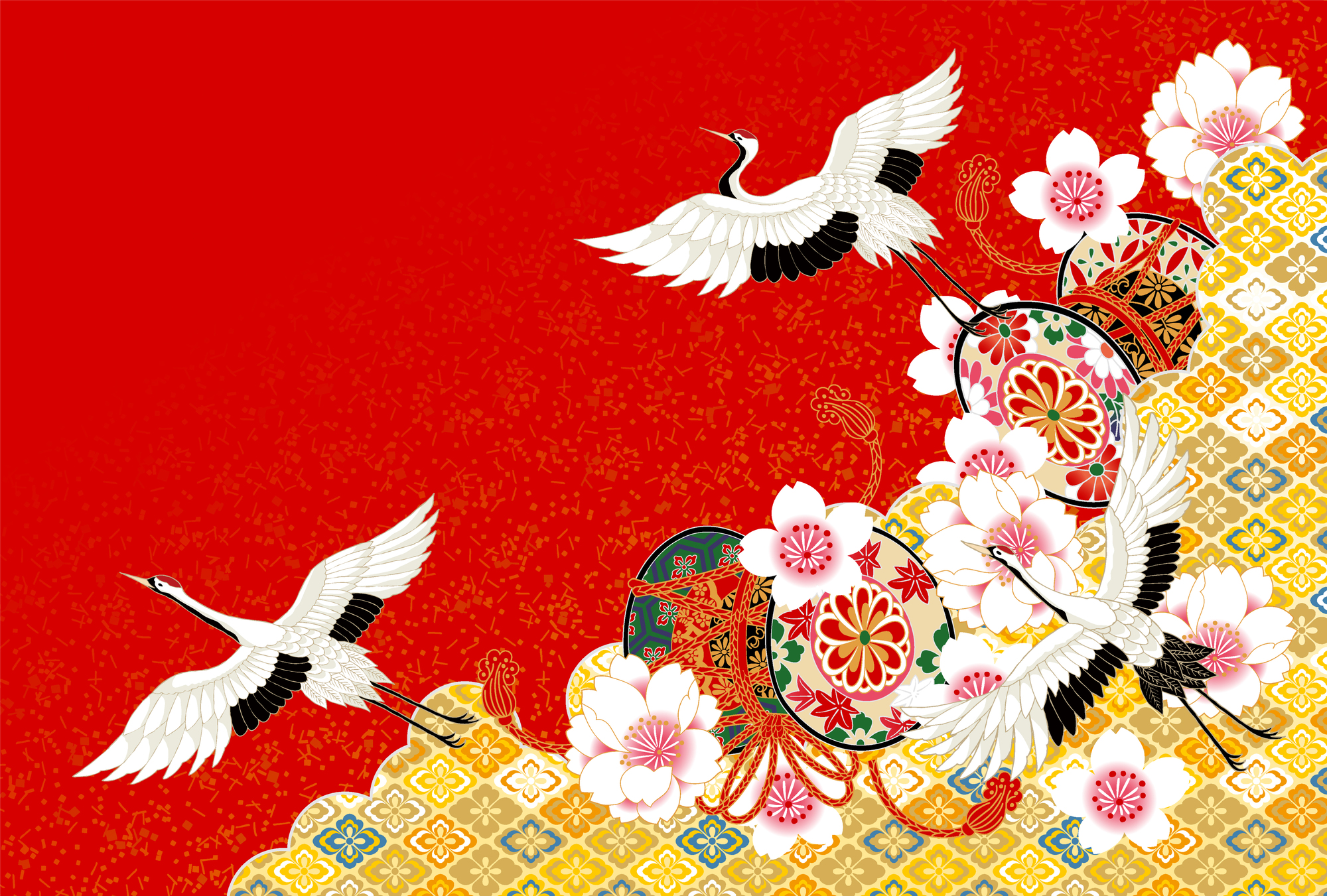
The crane is known as a symbol of longevity.
In the past, when you looked up at the sky, you would often see cranes flying across the country with their long wings spread out.
The crane has a beautiful shape and gives us a feeling of good omens. There are also a wide variety of arranged patterns, such as “orizuru”, “matsukuizuru”, and “crane and turtle”.
Phoenix
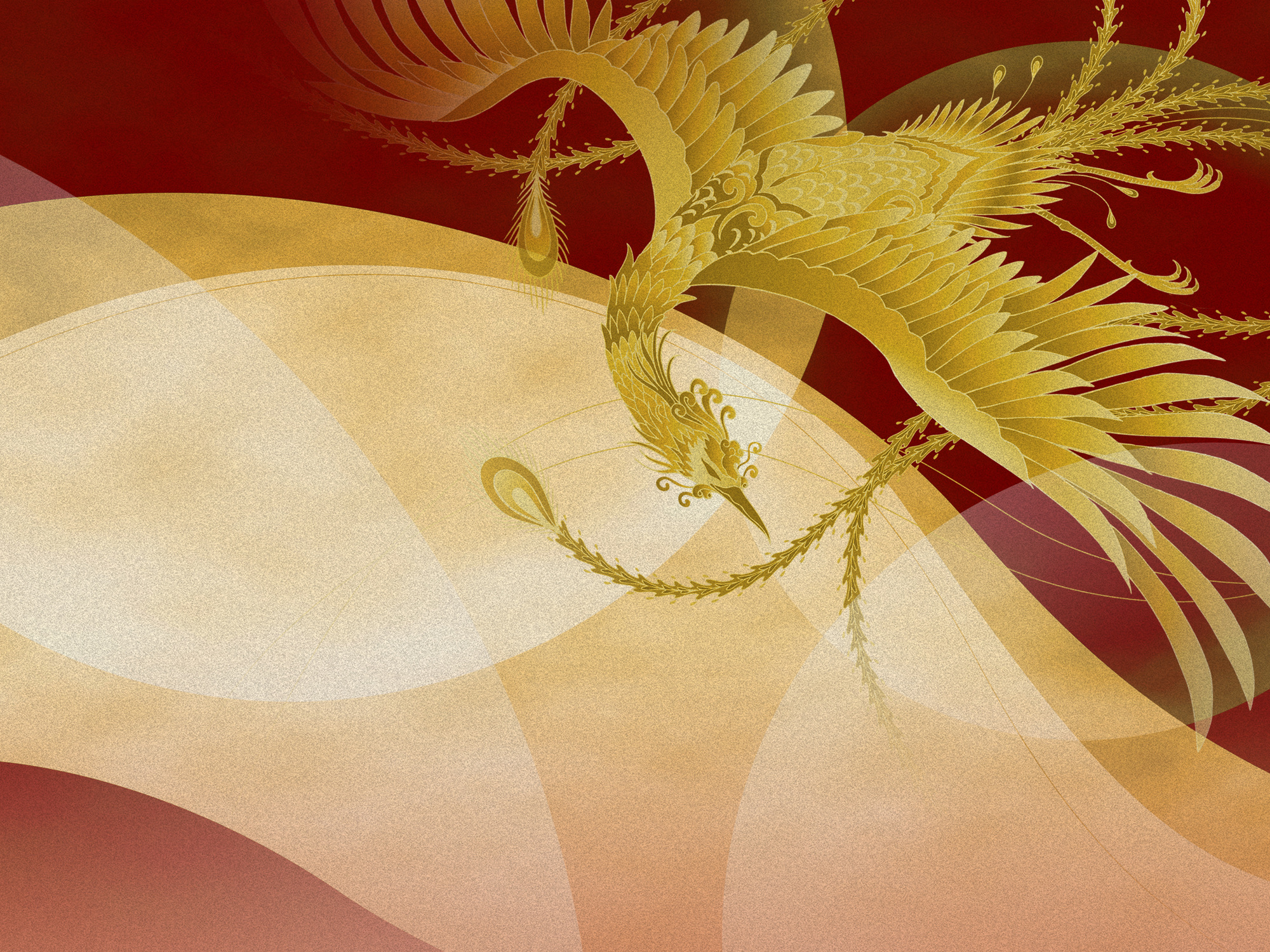
The phoenix is said to be a legendary bird that is a combination of a chicken, a peacock, and a snake.
Although it is an imaginary bird, it is also an auspicious bird that portends auspicious events.
It is a luxurious pattern that has a high level of formality and is often used at weddings.
Exhaust the treasure
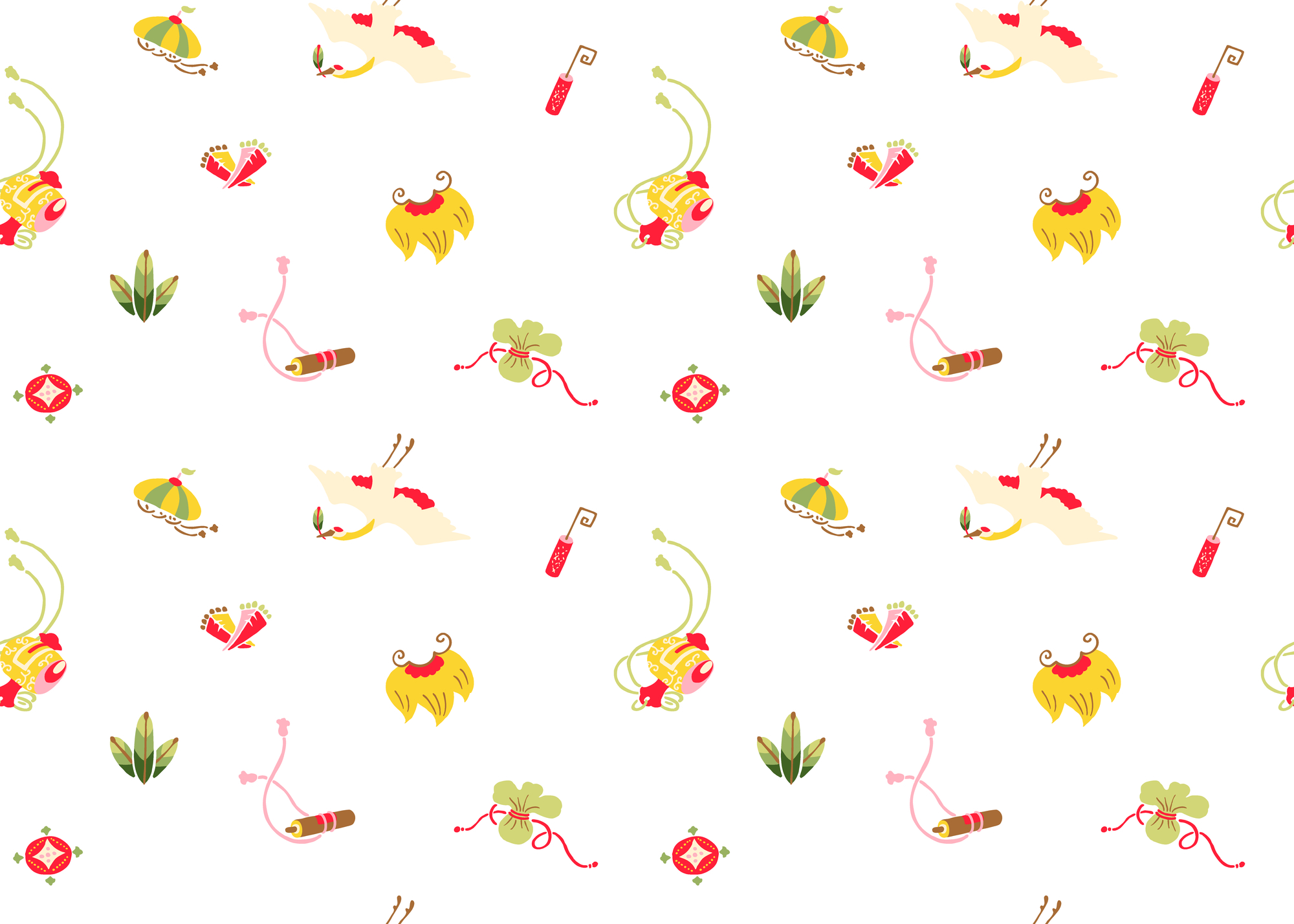
As the name suggests, the pattern is full of auspicious treasures.
Specifically, they include a hammered gavel, a treasure bag, a choji, a mino, a key, and a scroll.
A cover has the meaning of “hiding from disaster,” and a key has the meaning of “storehouse of wealth” and “increasing financial luck.”
Each pattern is often small and casually drawn. When your obi or kimono has a treasure hunt, you’ll feel like you’re on a treasure hunt.
Types of classical kimono patterns and their meanings [Yushoku patterns]
We have compiled a list of representative patterns among the classic patterns.
(Review: Ushoku patterns are a general term for patterns that were introduced from China and were used by people of high status.)
Turtle shell
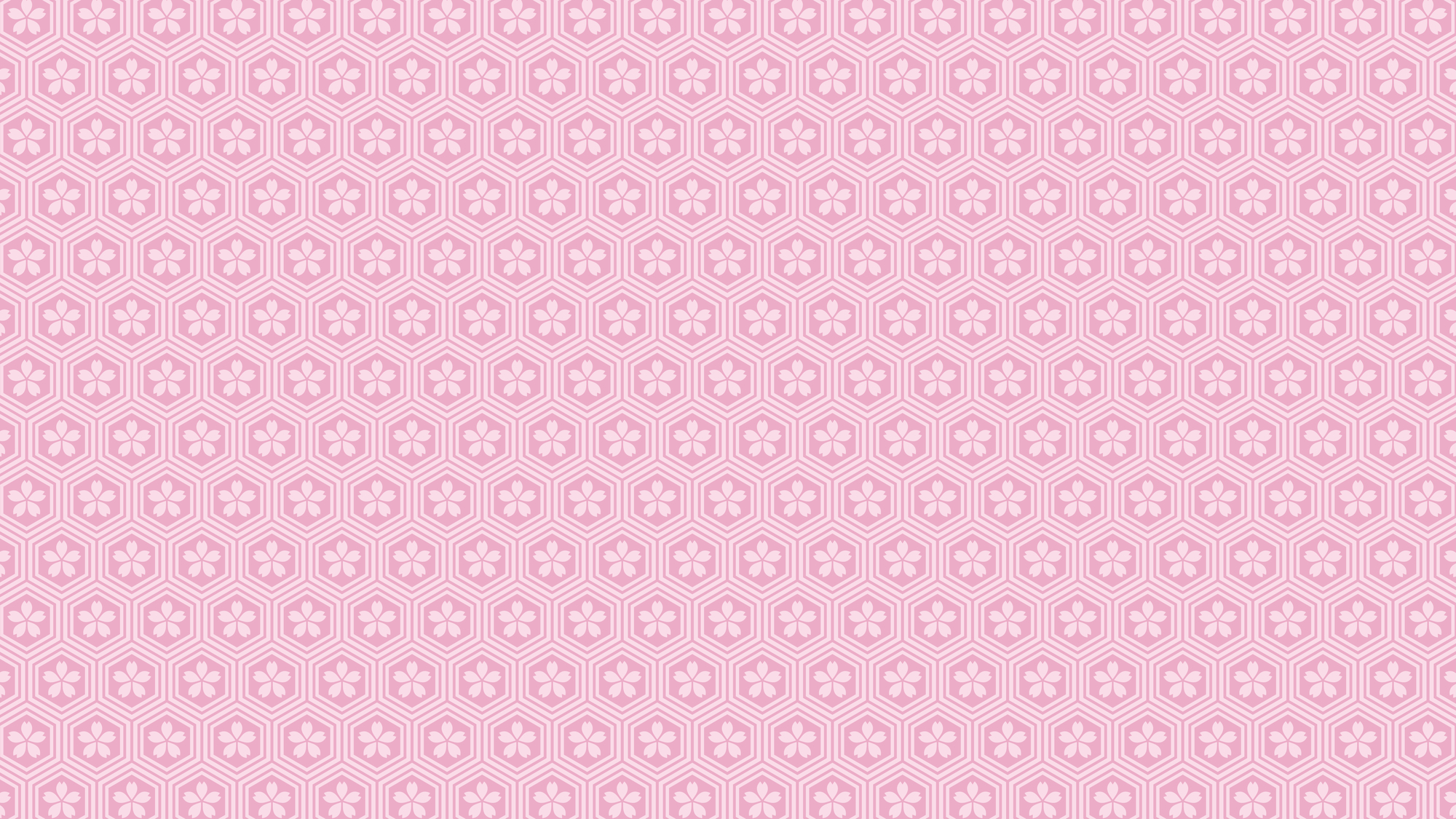
Kikko is a pattern made up of hexagonal shapes that resemble a turtle’s shell.
In China, turtles were worshiped as special spiritual animals. As the saying goes, “A crane lasts a thousand years, a turtle lives a million years.” Turtle shell patterns and cranes are often depicted as a set.
Hanabishi
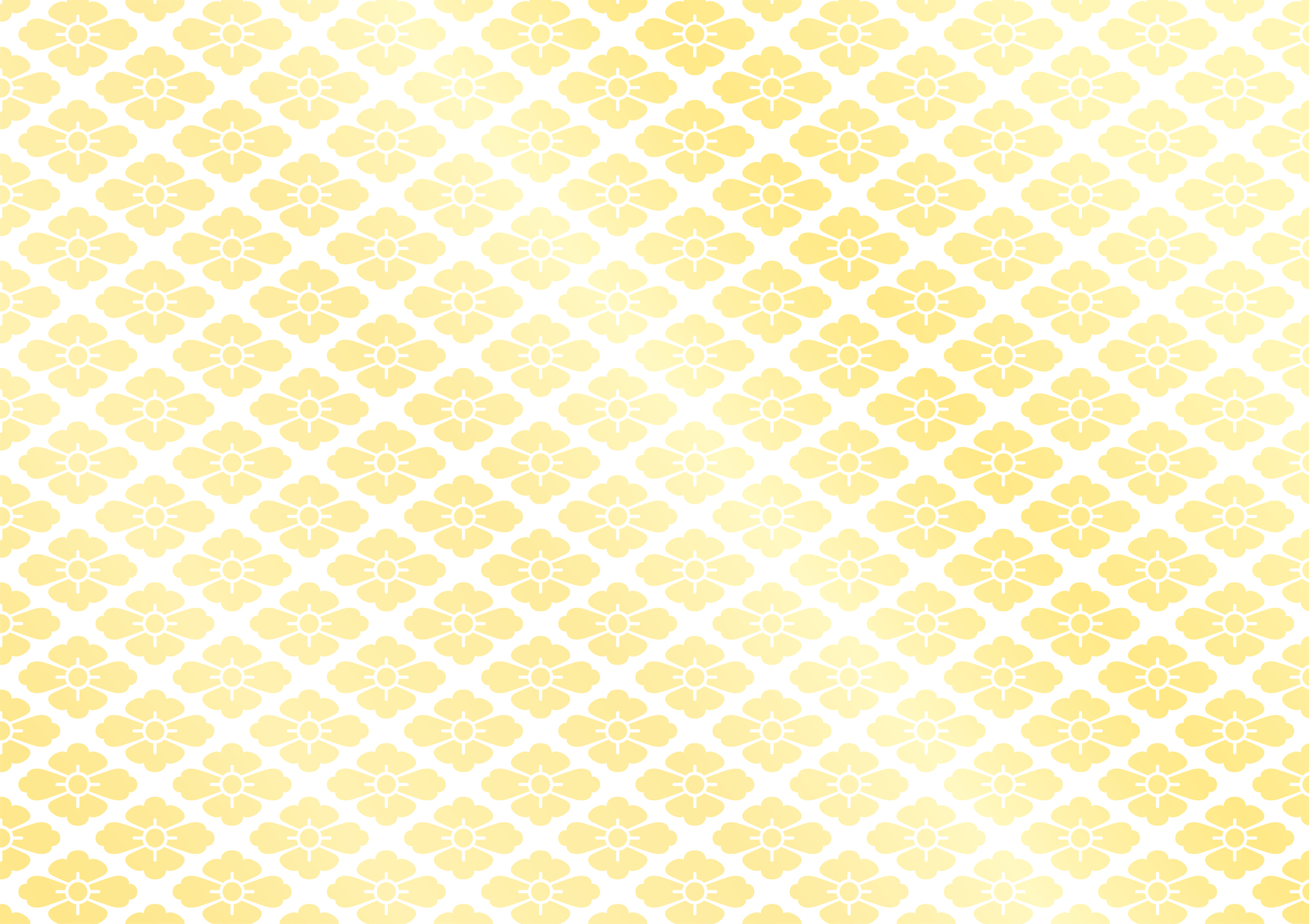
Hanabishi is a pattern with four flower petals in a diamond shape.
Among the rhombus crests, it is an elegant and beautiful pattern, and was loved by people of high status in the past.
In addition to tortoise shell, there is also an arrangement pattern called “Hanabishi Tortoise Shell”.
Types of classical kimono patterns and their meanings [natural patterns]
There are many classic patterns that depict nature. Introducing some typical patterns.
Qinghai wave
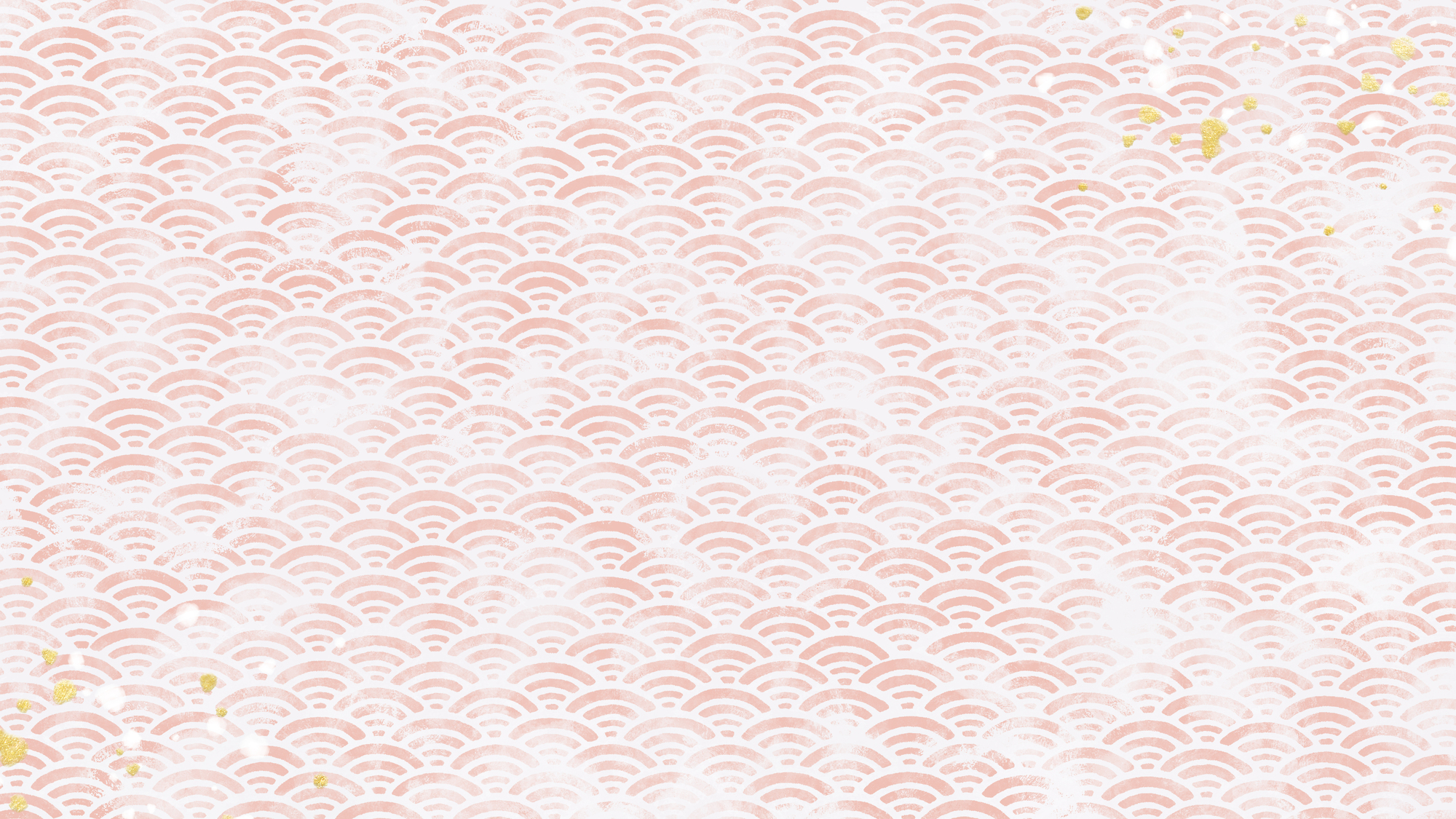
Seigaiha is a pattern that is said to have originated in ancient Persia.
The pattern evokes the image of a wide ocean rippling, and it has the meaning of “everlasting happiness” and “a peaceful life.”
Snow ring
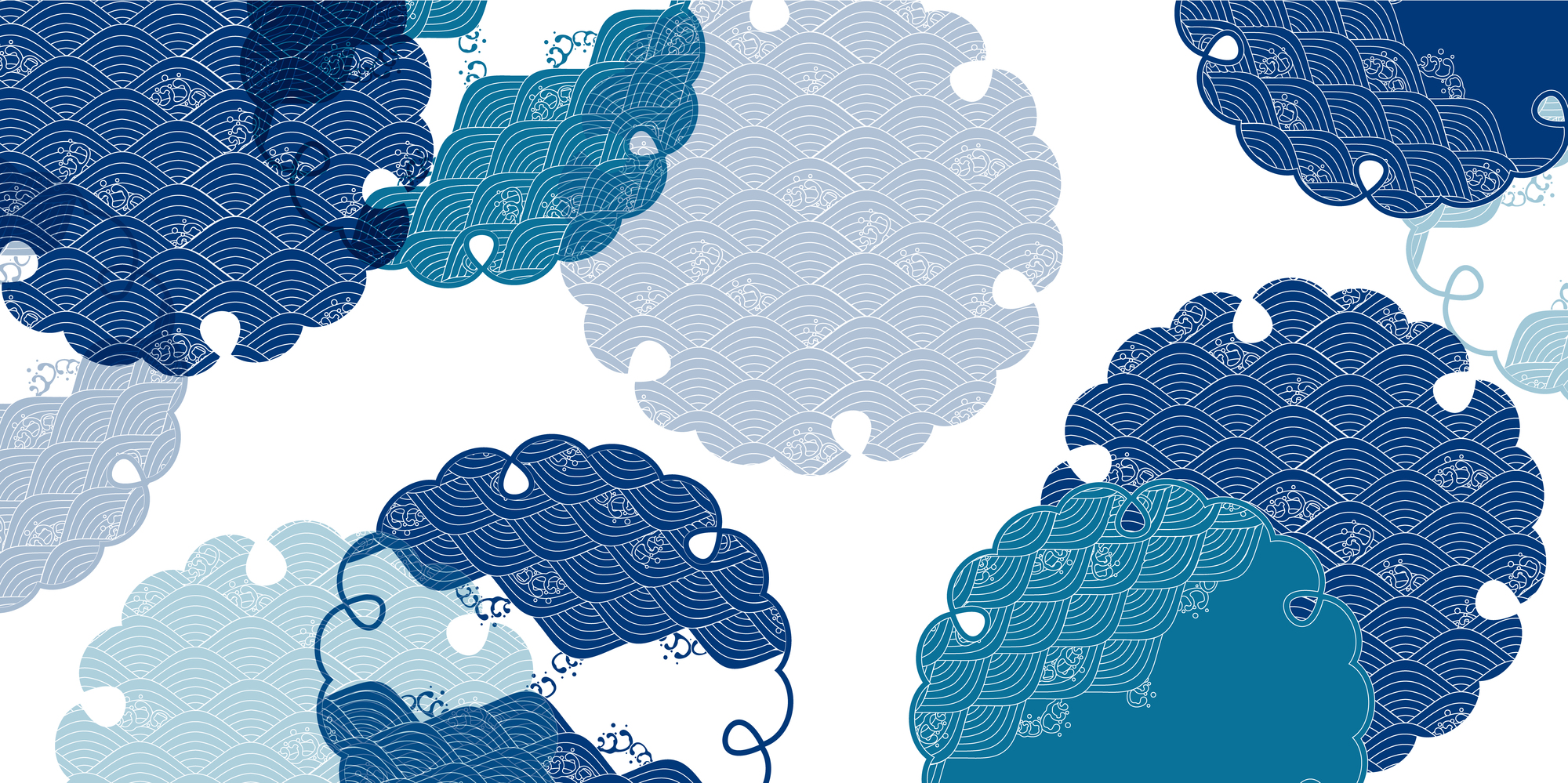
A snow ring is a hexagonal snowflake pattern with a rounded shape.
It is associated with melting snow, so it conveys the message of a bountiful harvest.
Snow ring patterns are also sometimes incorporated to help cool people down during the hot summer months.
When wearing a kimono with a classic pattern, pay attention to the seasonality
Classical patterns have colorful patterns that arouse imagination and curiosity.
However, not all patterns can be used at all times. Be sure to choose classic patterns that match the season or event.
Pattern to choose season and timing
The basics of kimono, just like clothes, are “adori fashion”.
Patterns and kimonos that are made a little earlier than the season are OK, but patterns and kimonos that are made a little later than the season are not considered appropriate.
Particular attention should be paid to patterns with flowers drawn on them.
For example, cherry blossom and wisteria patterns are classics for spring. No matter how nice a kimono is, it is best to refrain from wearing it in the fall.
In summer, there are hydrangeas and bellflowers. Autumn is chrysanthemums and autumn leaves. In winter, there are pine and plum trees.
A pattern for all seasons
Some classic patterns can be used throughout the year.
In particular, there are many animal and tool designs that can be enjoyed throughout the year.
For example, you can say that there is a high degree of freedom in playing treasures, fans, cranes and turtles, and phoenixes.
However, the materials of kimono, such as the lining and thin fabrics, are seasonal, so please choose your kimono carefully.
If you want to rent a kimono in Kyoto, please come to “Waplus Kyoto”
We have introduced the characteristics and representative patterns of classical patterns.
There are many types of classic patterns, so there is no need to try to memorize them all at once.
Let’s understand each one one by one according to the season and timing when you wear it!
Also, if you consult a professional when choosing a kimono, you can enjoy a stylish look that suits your TPO.
Kyoto’s kimono rental shop “Waplus Kyoto” carefully coordinates the kimono to suit the season of the kimono, the customer’s preferences, and the destination. We will inform you.
This rental kimono store is run by a kimono shop that was founded in 1985, so we stock a wide variety of kimonos and accessories of high quality and design. Please feel free to contact us.
Click here for a list of rental kimonos including classic patterns
Click here for reservations and inquiries
Related article
What kind of kimono is the trendy antique kimono? We recommend renting trendy items!
What is Reiwa’s kimono style? Explaining the frequently asked “Modern Kimono”!
Tag
Author of this article
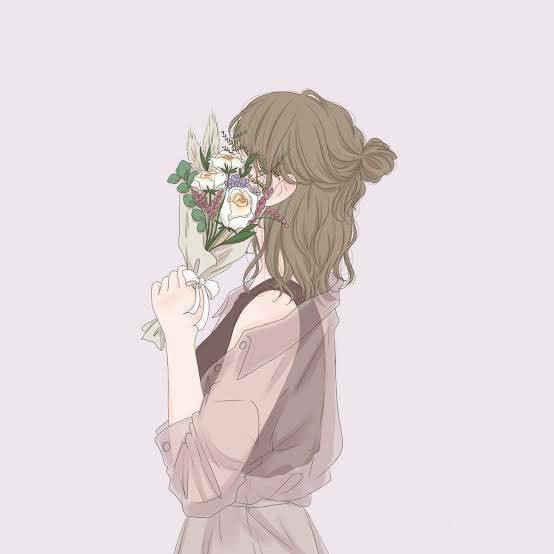
Waplus Yasaka Shrine store staff
Ayana Ogawa
We would like to help many customers smile through kimono rental.
I love spending time listening to customer requests and proposing kimono coordination and deciding on hair styles!
I am particularly good at hair styling, so please leave it to me to create the currently popular feminine hair.
I'll make it look cute!
My hobbies are music, movies, and shopping!
Please come and visit Waplus Kyoto!
We will suggest cute coordination!



